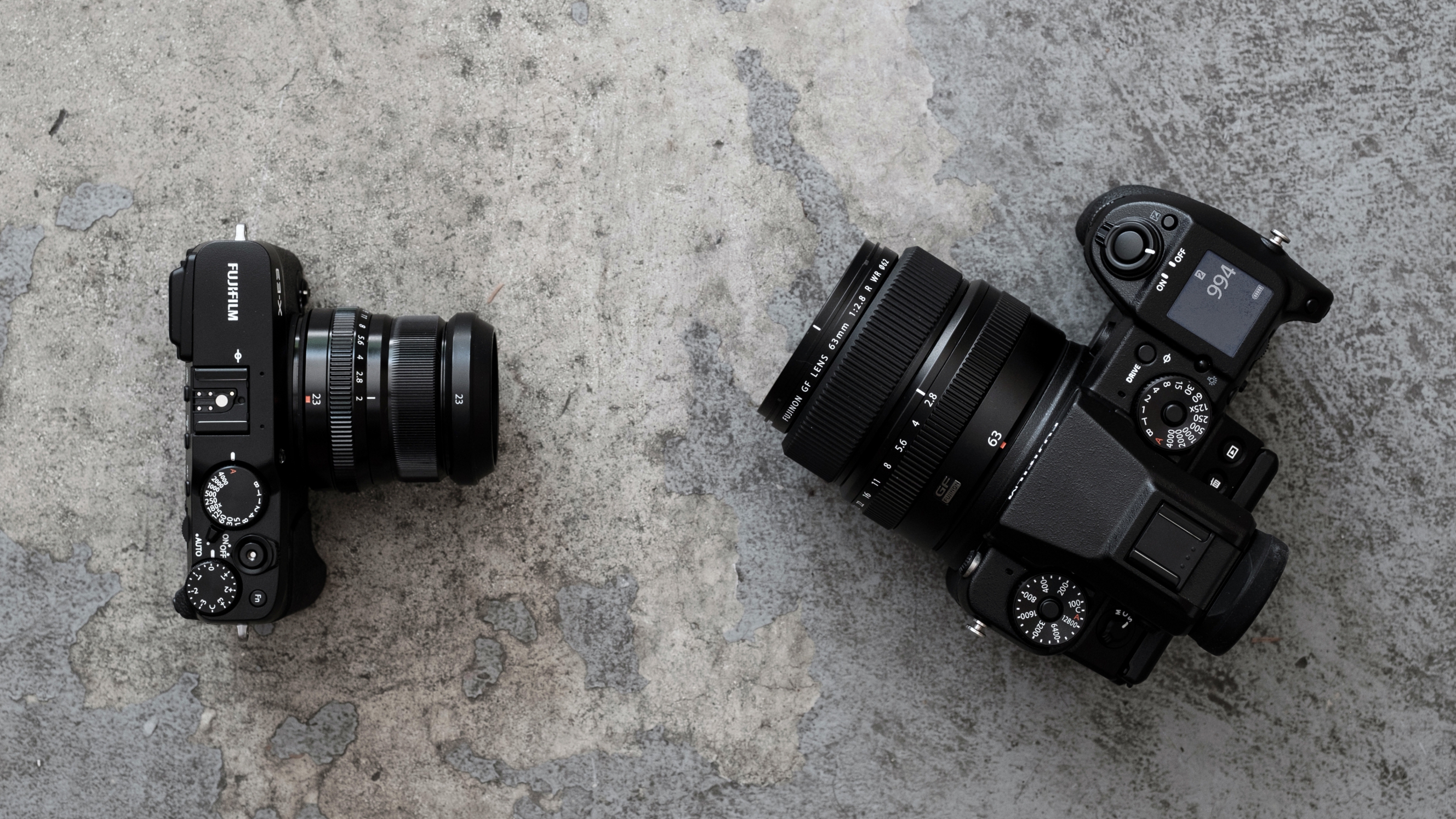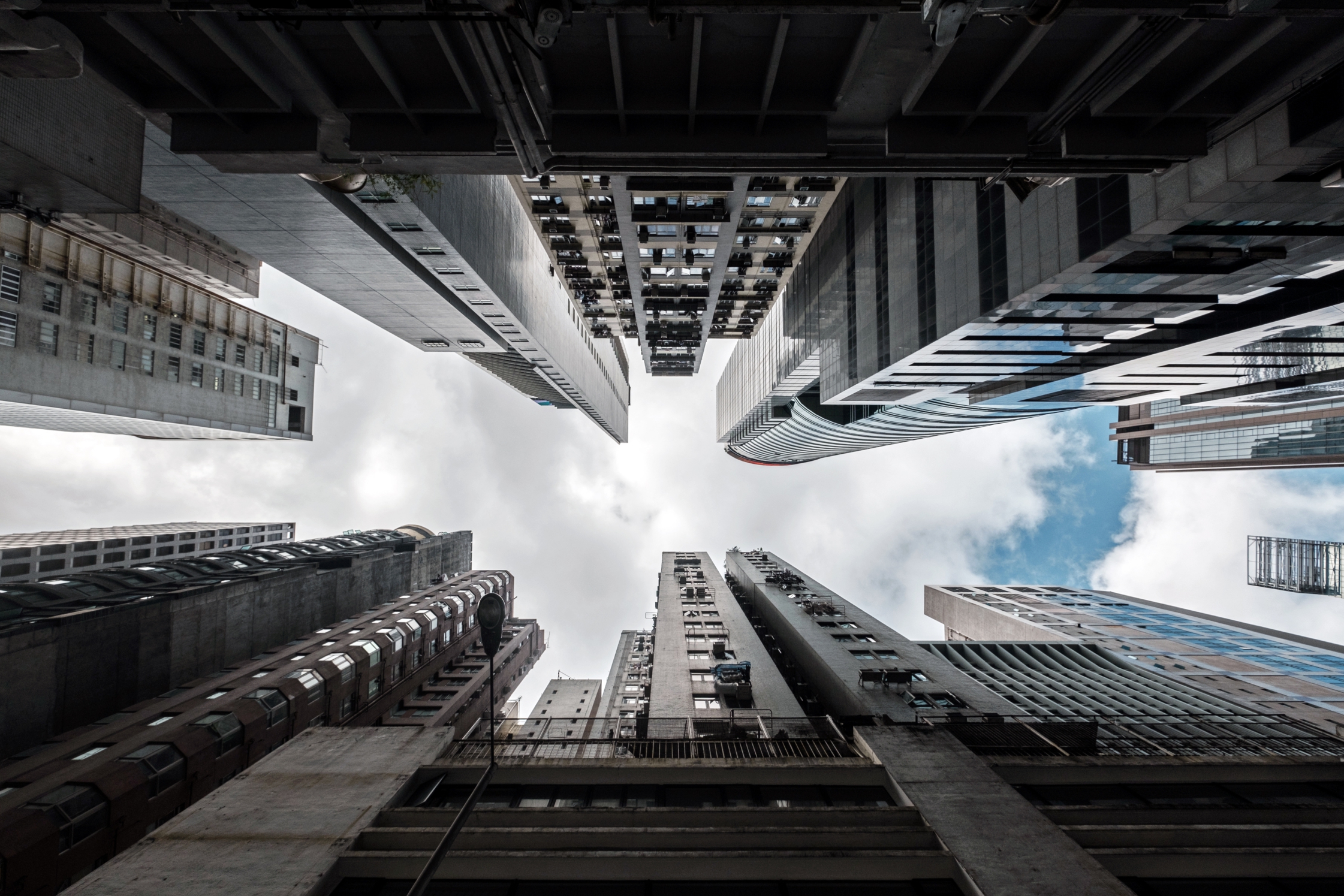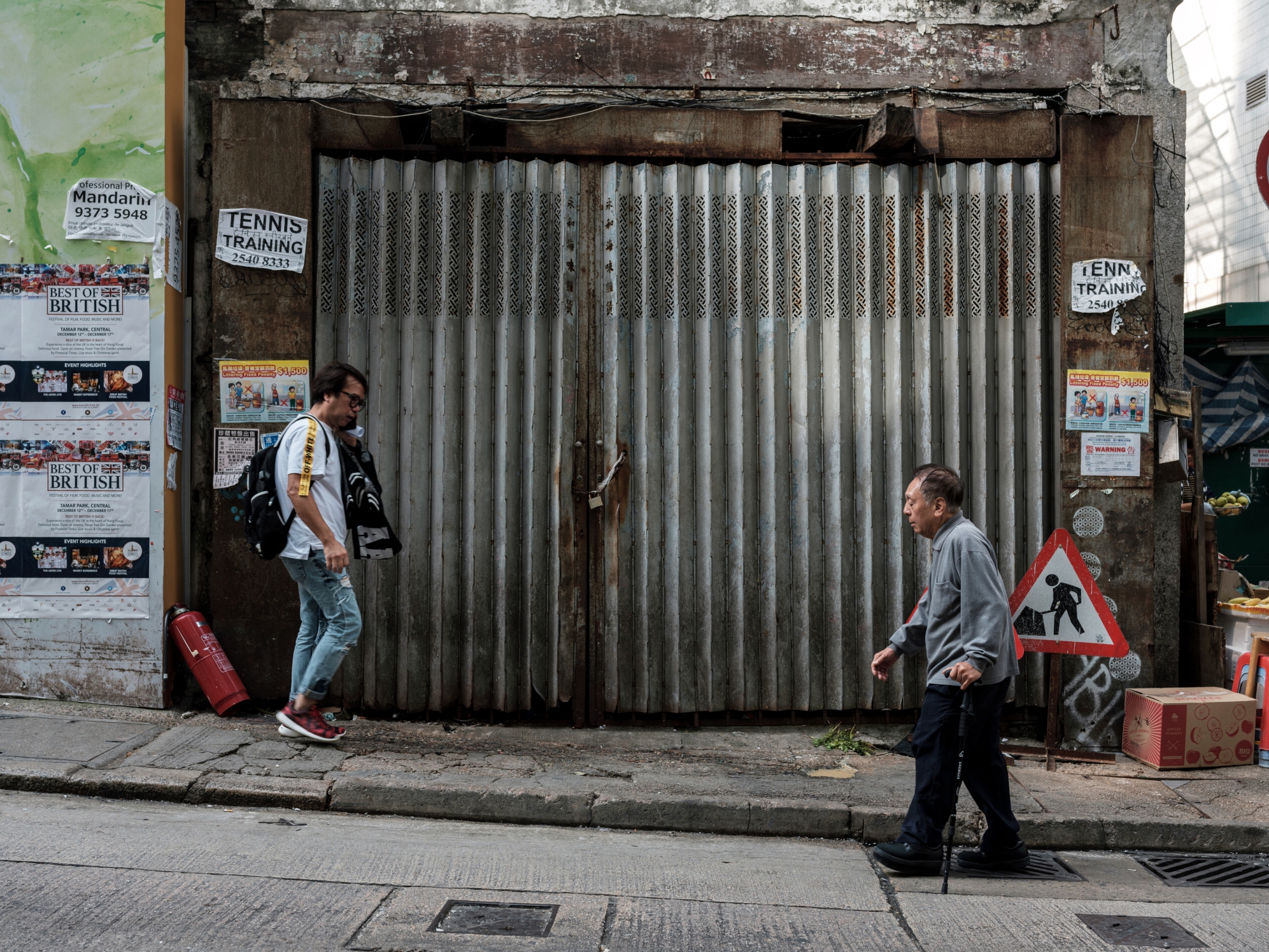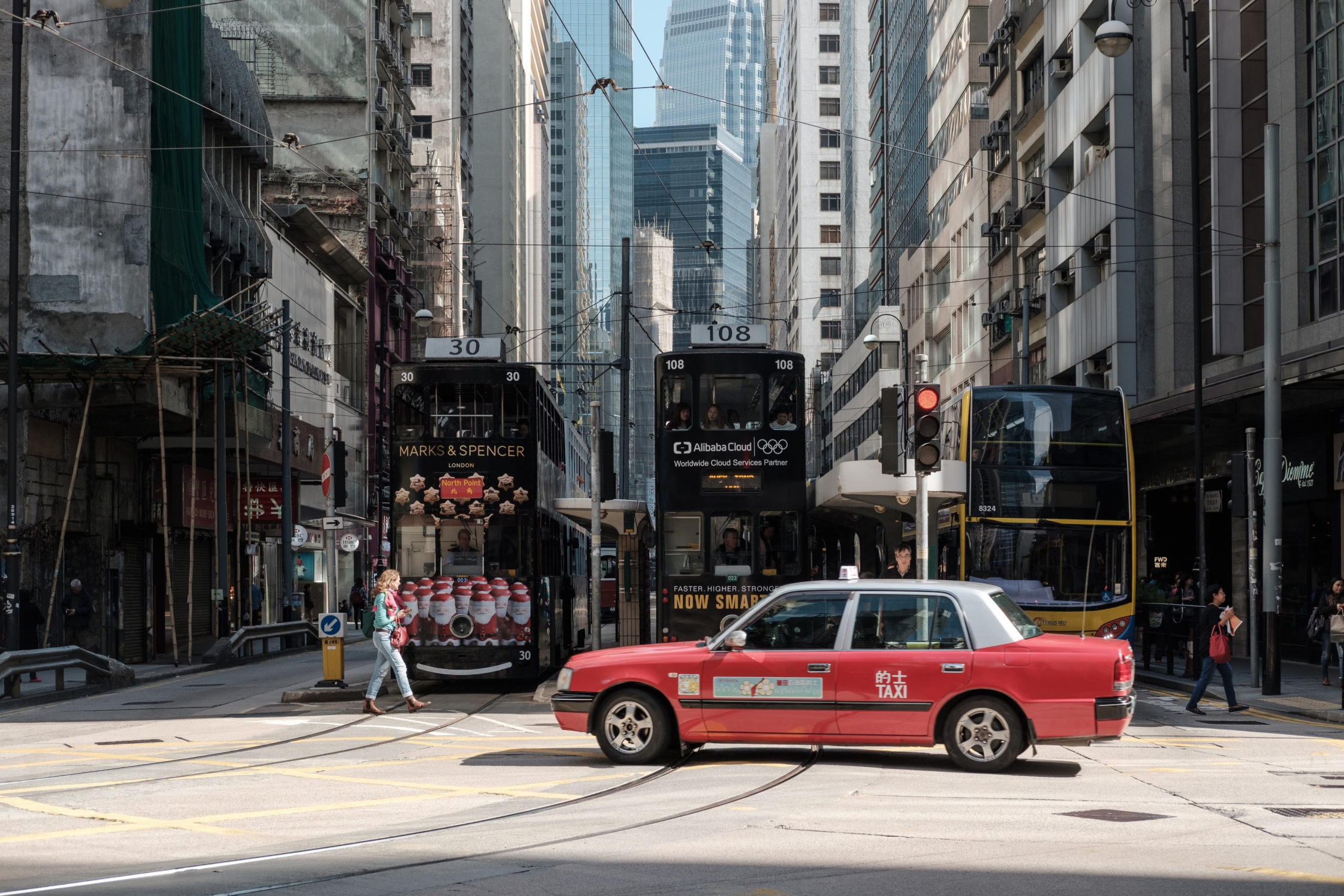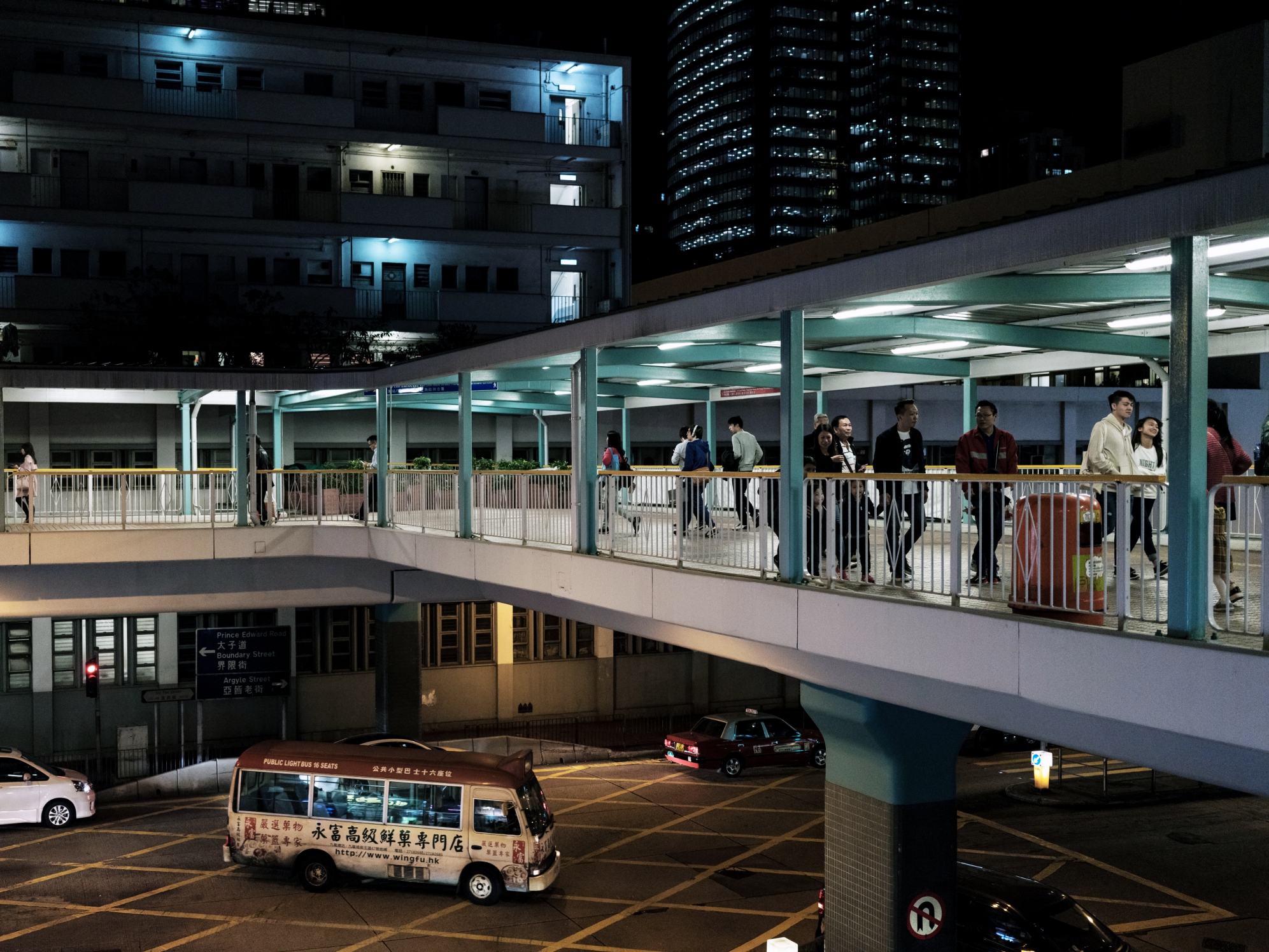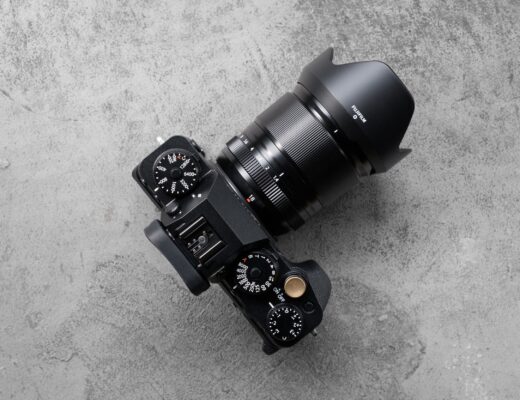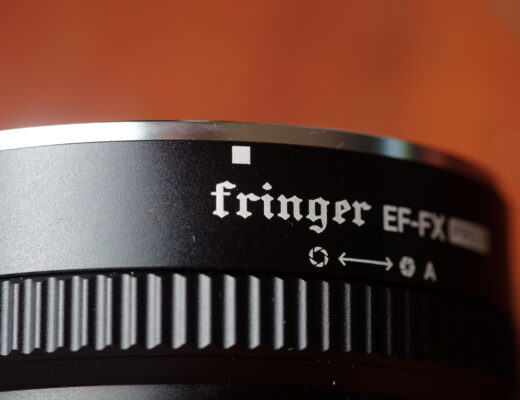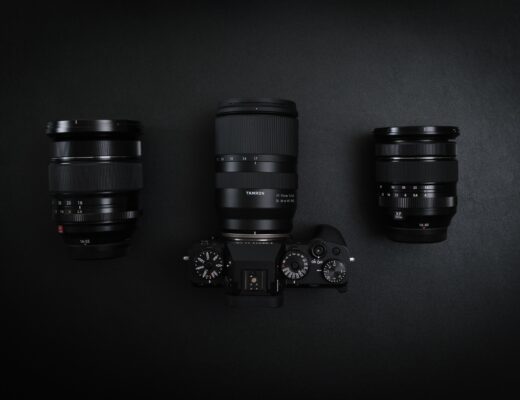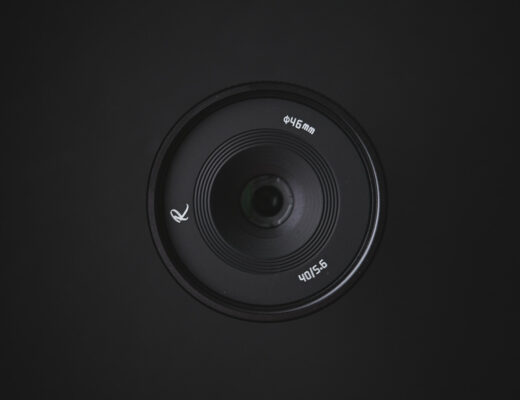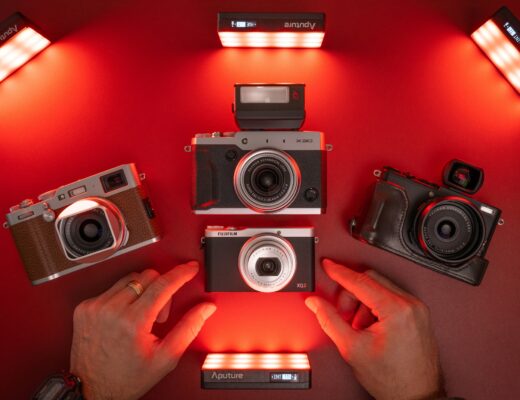The number one question I get asked as a camera reviewer is what the current ‘best’ camera is. The second most asked question: which camera is best for street photography? My answer is always the same: it depends on your budget, your requirements/expectations, and your shooting style. Even among top photographers there’s a variety in gear choices, from Leica, Sony, Canon, Olympus, Fujifilm, etc. Even within the Fujifilm ecosystem, there are those who swear by the X100F, others the X-Pro2 or X-T2, and still others the top gun GFX 50S. Who’s to say which camera is the ‘best’ for each and every person? On my most recent trip to Hong Kong, I thought it would be interesting to review side-by-side the biggest and the smallest Fujifilm ILC camera to discover which one would help me produce the ‘best’ images overall.
First we have to quantify the term ‘best’. For me, ‘best’ doesn’t mean the highest resolution, the lowest noise, or the sharpest image; although each of these qualities do play into a great image. For instance, if all I did was take pictures of a brick wall, who cares about resolution, low noise and sharpness, right? Design, ergonomics and function of a camera to enable us to take great pictures should also be something a photographer looks for in a great camera. Many of these features are somewhat subjective, but we can derive an overall impression of how a camera shoots over a longer period of time. In addition, size and weight can affect how and what we shoot. So what was my shooting experience between the X-E3 and the GFX 50S while travelling?
Let’s start with the X-E3, the most compact X series ILC body that has the latest X Processor Pro and 24mp X-trans sensor. I love this little camera. I love it more than I thought I would. For those of you who are interested in its ability to shoot video, here’s a video of me vlogging with it on my YouTube channel. It’s fantastic. When the X-E3 came out, it had the most advanced AF algorithm, more advanced than the X-T2, which included touch focus control. In real world use, the X-E3’s AF is blazing fast and accurate for Fujifilm, especially with the latest Fujicron prime lenses. Although shutter lag and feel is slightly behind that of the X-T2, you can add a soft shutter release to increase shutter feel.

Fujifilm X-E3 with XF 10-24mm @ 10mm. 1/160th sec f/5.6 @ ISO 400
The X-E3’s body is so small that the camera becomes invisible to you and the public at large. I had no concerns walking into a private building or a shopping mall and be worried that someone would ask me to put my camera away. Maybe for some, an invisible camera is a bad thing (the X100F is a people magnet), but when traveling I don’t want any undue attention to me or my gear. My primary lens for this trip was the XF 10-24mm f/4 R OIS, great for both video and stills. This lens is bigger and heavier than the X-E3 body, so the balance wasn’t great for me; but an overall reduction in size and weight while shooting is very much appreciated. Since there’s no D-Pad, I did learn to use the swipe Fn feature, which worked better than I imagined. Because there is no D-Pad, the back is cleaner and roomier than the very cramped X-T20, and feels as spacious as the X-T2.
The few things that I did not like about the X-E3 also has to do with its size. If you have large hands, this camera is not for you (although I prefer it over the X-T20). There’s not enough room for a separate ISO dial (same as the X-Pro2 and X100F due to rangefinder styled body). I had to assign one of the swipe functions so I could access ISO quickly in the field. I also dislike accessing both the battery and memory card from the bottom of the camera. I don’t think it’s asking too much to allow for side access for the memory card. The EVF is also too small and the rubber eye cup too flat, not great if you wear glasses during daylight. Finally, I think most would be willing to put up with a slightly thicker body if Fujifilm could include an articulating screen on the X-E series of cameras. If Olympus can do it, Fujifilm can do it too! That’s about it for cons for the X-E3. Overall it’s a great travel camera for most people. Yes I wish it was WR, had an articulating screen and had more dedicated dials, but it would be twice the price and you might as well buy the X-T2.
The GFX 50S is a great digital medium format camera, even compared against the top systems in this format. The files coming out of this camera are mind-blowing and each GF lens is top quality. The controls, the functions and features are very well thought out with the professional in mind. This camera was never designed as a street photography camera, but it is possible if you are skilled enough and willing to learn how to shoot with it. If so, you will be rewarded with some amazing images. Although this camera has great high ISO performance, I would say to shoot as low ISO as possible to get as much out of the sensor and lens. On this trip I only brought with me the new GF45mm f/2.8 and GF63mm f/2.8. Although this is by no means a compact camera, it easily fit into my daily carry bag.

GFX 50S with GF 45mm f/2.8. 1/420th sec f/2.8 @ ISO 800
The pros of shooting with the GFX is pretty obvious. It’s all about the image quality. The cons are also pretty clear: size and weight. This camera is slightly bigger than a 35mm DSLR, but it’s much larger and heavier than Fujifilm’s mirrorless APS-C equipped cameras. If you moved from DSLR to Fujifilm mirrorless to save on size and weight, then don’t consider the GFX 50S. You’re just going back to your old DSLR’s size and weight category. Yes, image resolution comes at the cost of bulk and weight. Speaking of cost, you’re also going to have to pay with your pocket. The current price (March 2018) body only is $6500 USD, or bundled with a lens for slightly less. That means you could buy the X-E3 seven times over and still save money. That’s a big price to pay for twice the megapixels. Is it worth it to you and your photography?

GFX 50S with GF 45mm f/2.8. 1/80th sec f/5.6 @ ISO 400
For now let’s forget about price and focus strictly on shooting experience. The GFX is going to be slower than the X-E3 in almost every way. Autofocus (GFX is contrast detect only), EVF refresh, shutter lag, changing lenses, all much slower. It’s also an eyesore. You can feel people starring at you when you have it around your neck. That’s why I like to carry it cross body style. The only advantage on the street is probably the articulating screen. Walk with it while looking down at the LCD screen (a la TLR style), and most will ignore you. That’s how I captured many of my street shots, from a lower shooting angle. Because of the slower AF speed, I had to put the camera in manual focus mode and use the back focus button. It’s good to frame first, then pre-focus to your distance and just wait. Like shooting film, the GFX forces you to slow down and be more strategic when getting your shots. I found I shot less with the GFX, knowing the file sizes will be huge and would waste memory space and editing times if I shoot too much.

GFX 50S with GF 45mm. 1/450th sec f/5.6 @ ISO 320
In the end, I was able to get great images from both cameras. I maintained my own unique shooting style no matter which camera I used, so you could tell my personality came through with either camera. This is a good thing. I don’t want a camera to hinder my ability to communicate through visuals. Yes the X-E3 was more compact, quicker and easier to shoot with. However, the GFX had superior glass, higher resolution images, and I would say overall better image quality. If I was to repeat this same trip, and video wasn’t a consideration, which camera would I choose? Oddly enough I would pick the GFX 50S, and it wasn’t just about image quality. Because the camera forced me to slow down and consider each shot more thoughtfully, I felt my images came out stronger. Much like shooting film, the GFX changed the way I moved through a scene and positioned myself in a crowd. I was more aware of what I was trying to do with the GFX. Much of this was psychological and emotional of course, but in the end, the proof was in the pudding, the pictures themselves. With fewer shots I was able to capture what I wanted more often with the GFX versus the X-E3. I know most would never have to choose between these two cameras for shooting street style photography. In fact, most would and should choose the X-E3 over the GFX 50S for travel photography. However, if you don’t mind shooting slower, you don’t mind working a bit harder to get the shot, the GFX will reward you with beautiful images every time. Thanks for reading and happy shooting.
